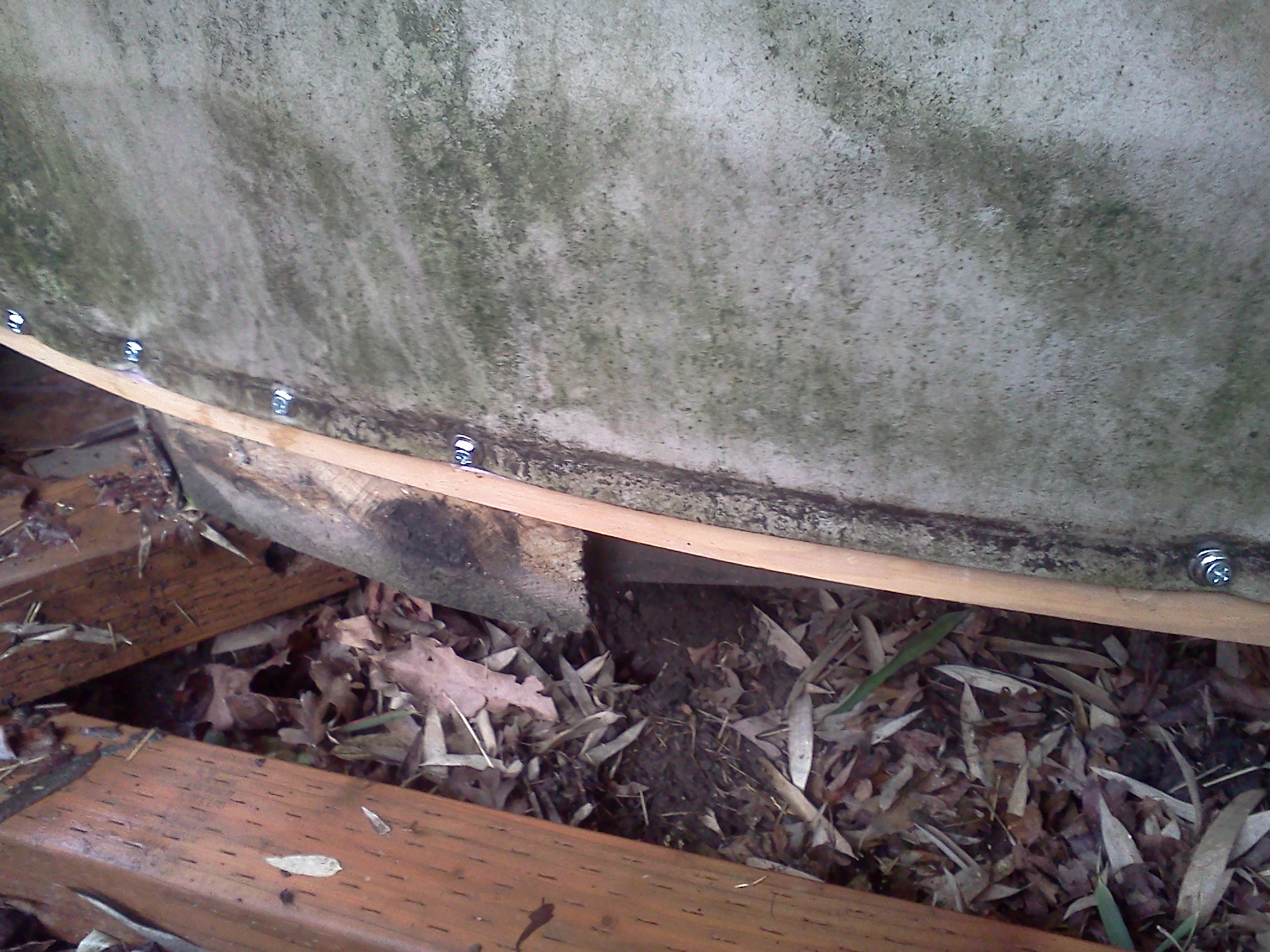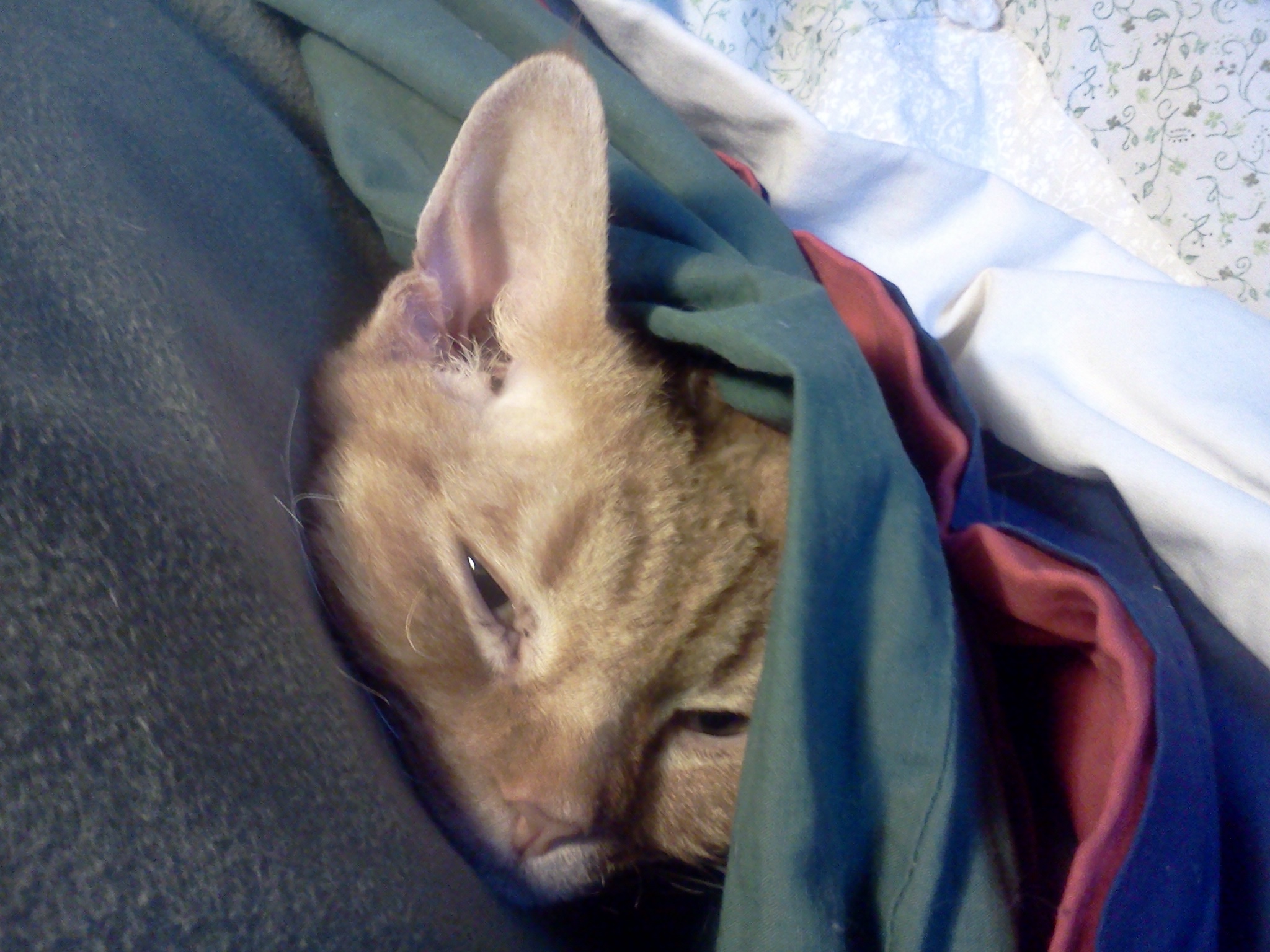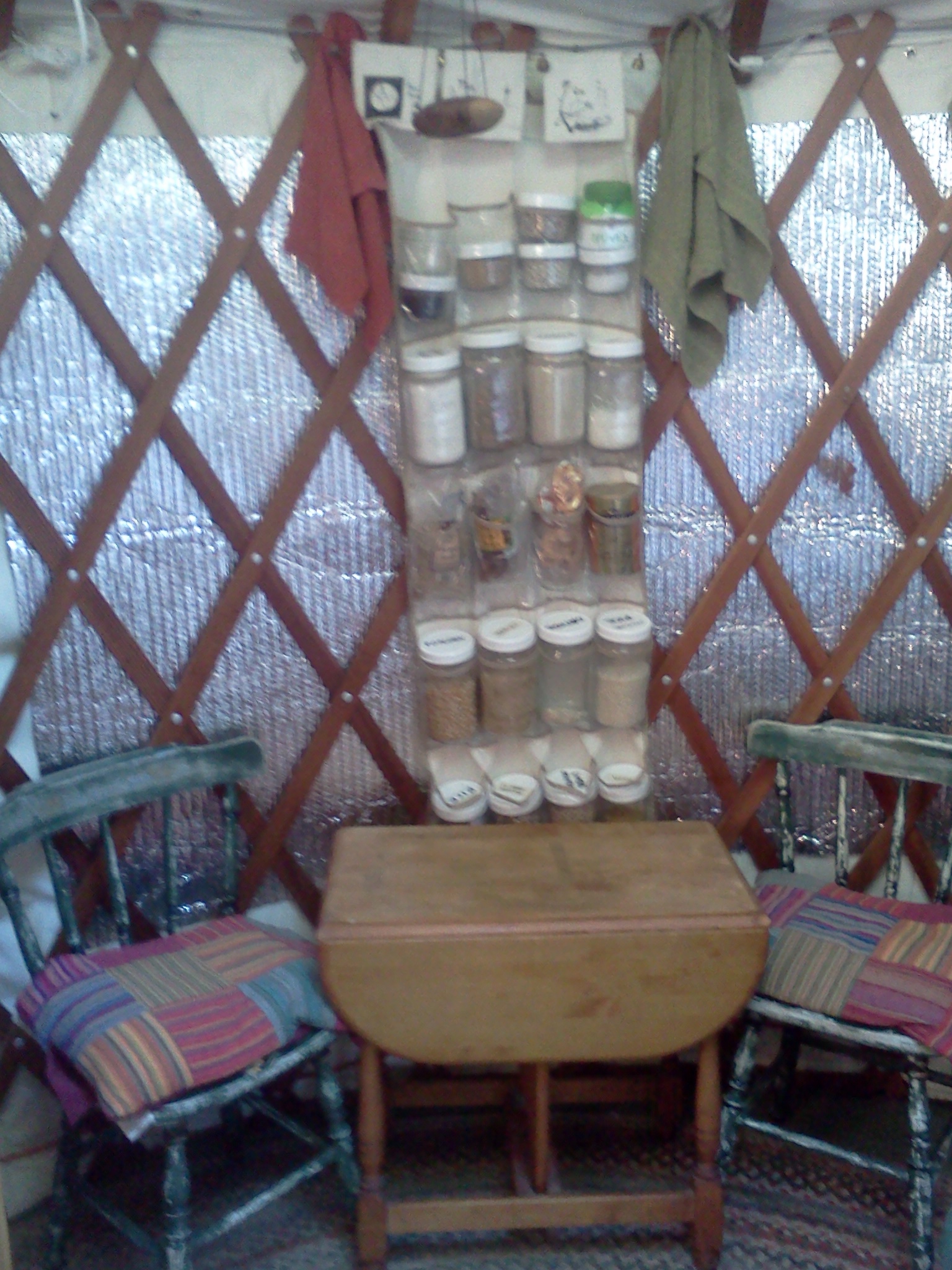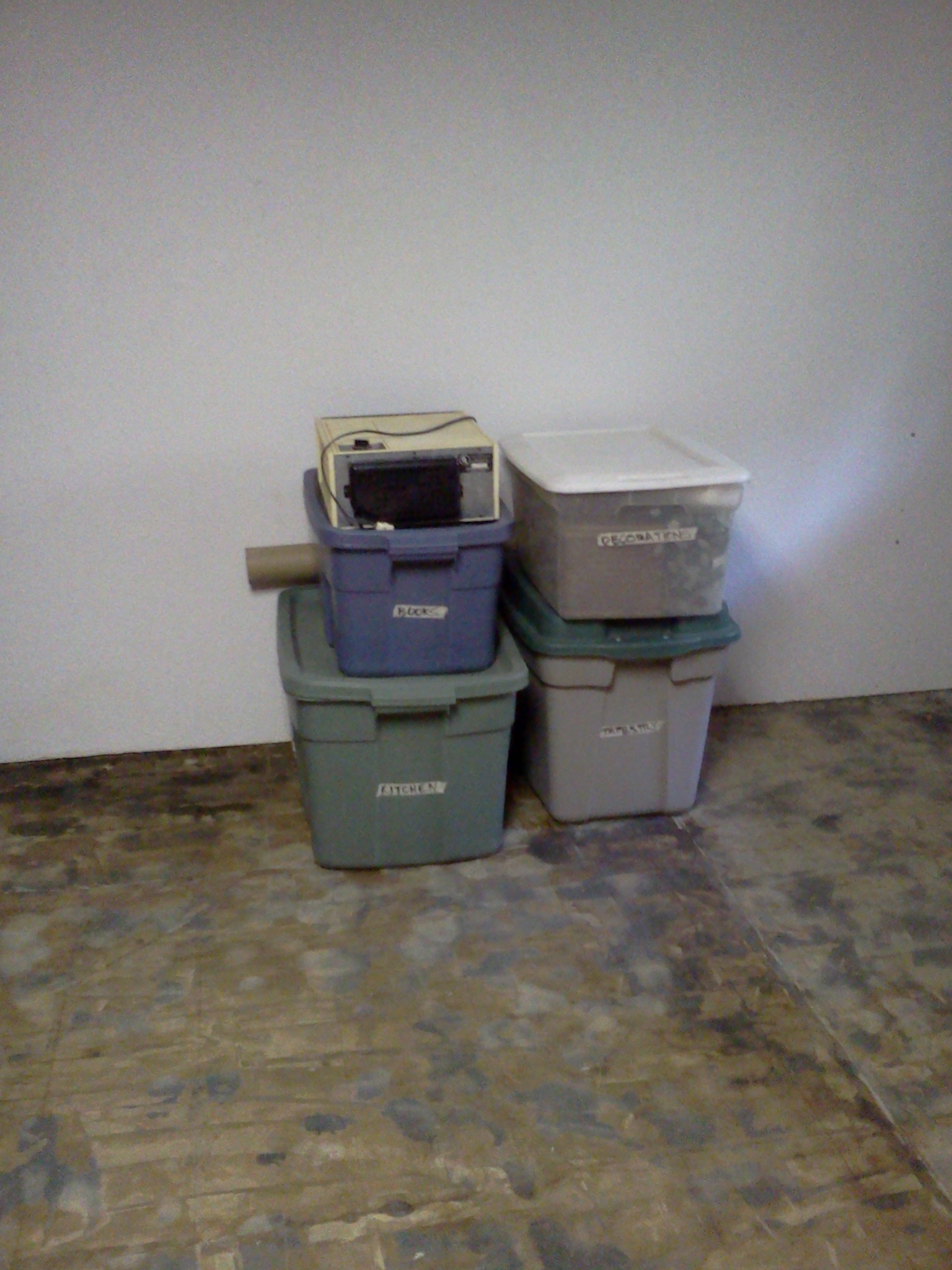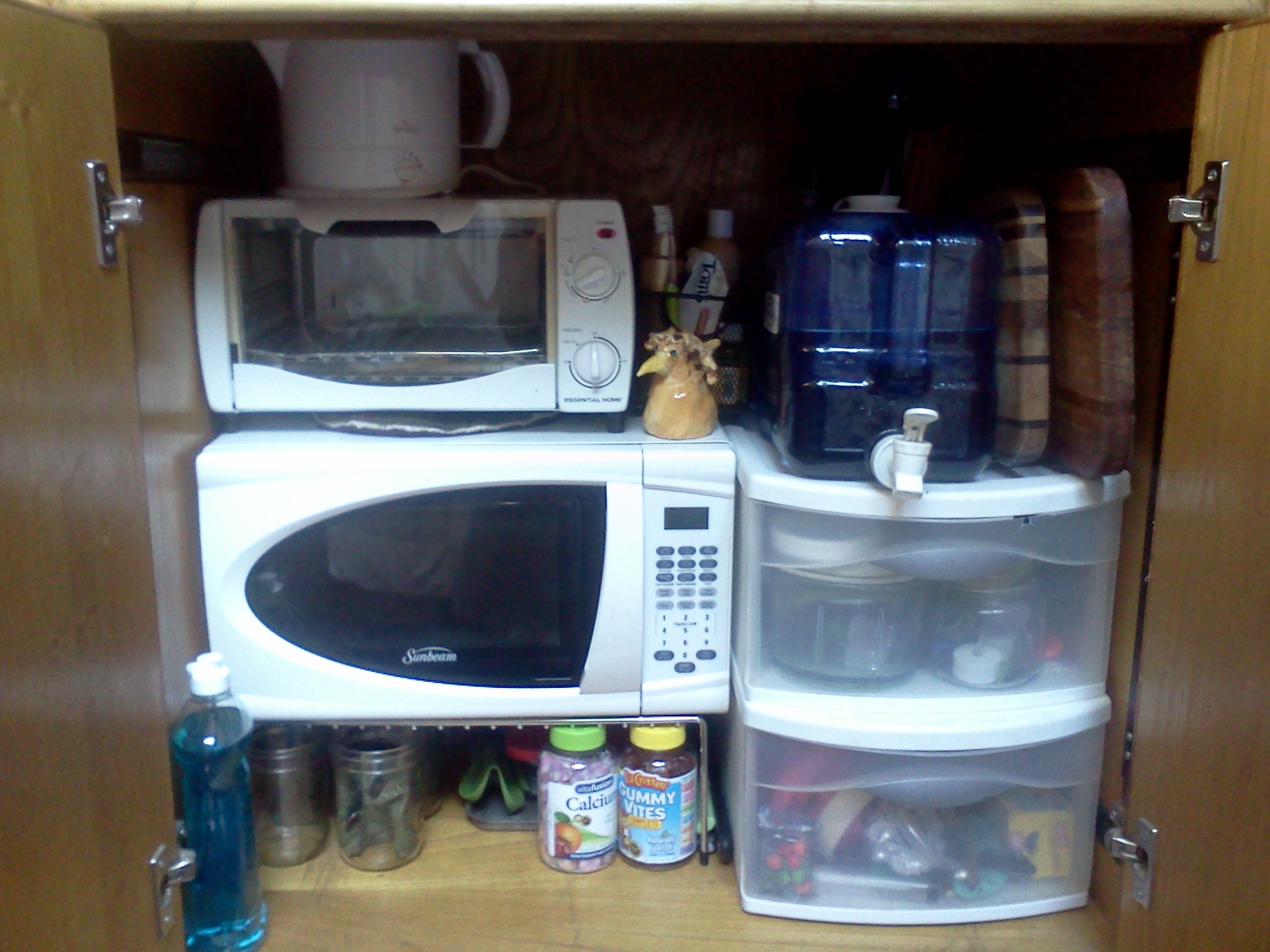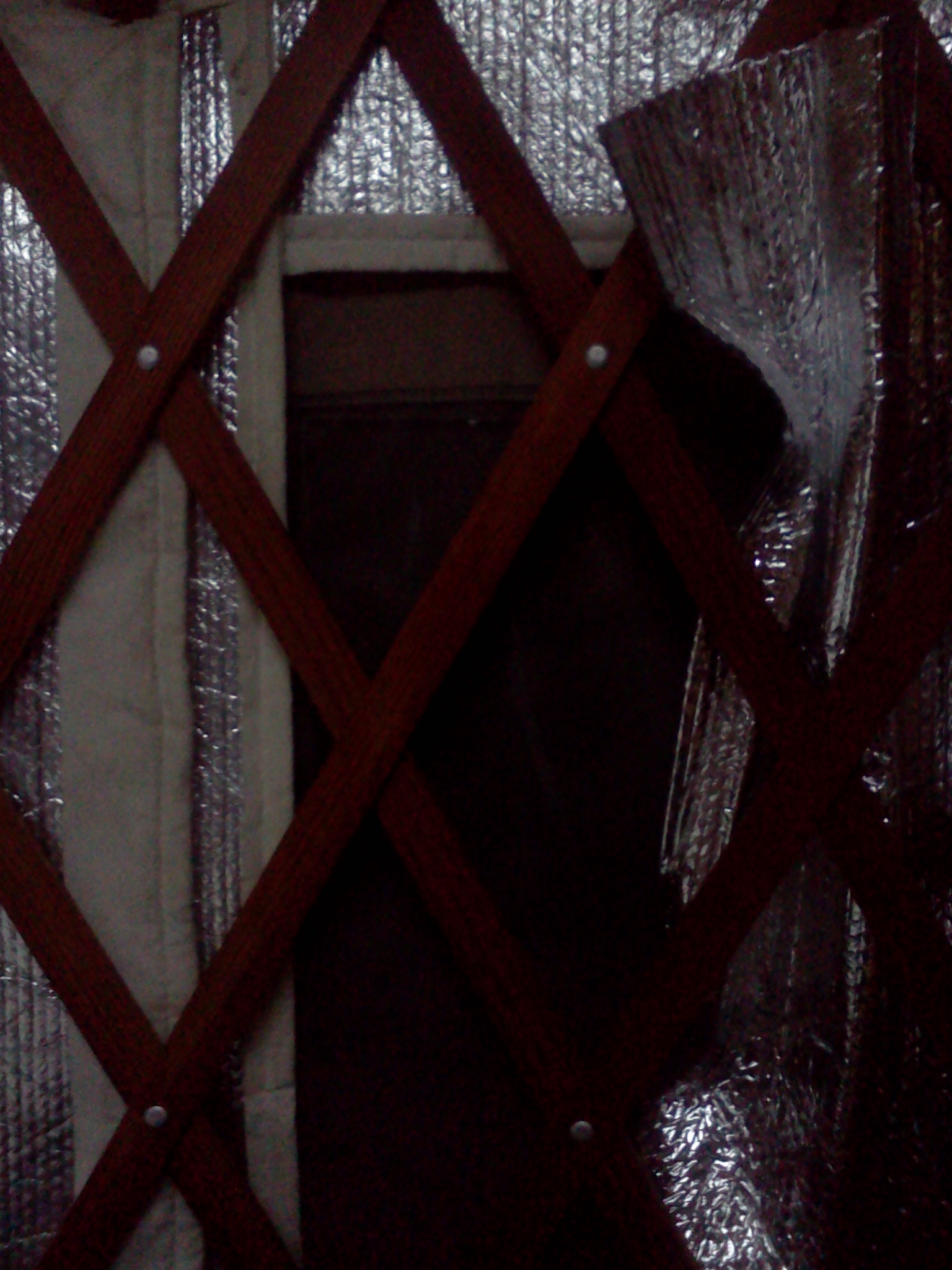This time of year, as we consider what we are thankful for, I realize that this year I’m grateful that my relationship with stuff has shifted to make more room for people. To help you understand what I mean, let’s peek back in time…
When I was six years old we lived on Fremont Avenue in Seattle in an apartment that was created when a big historic home was subdivided. Whenever I took my bath in the claw-foot tub my mother would rinse my hair with her beloved clay pitcher. The pitcher was a lovely shade of pale blue-green with ochre accents. It was handmade by a professional potter and Mommy said it felt right in her hands. I could tell she appreciated the sensory experience of scooping warm water up with the pitcher and pouring it over my hair, shielding my eyes with her other hand. The pitcher had a special spot on stool next to the tub.
One evening when I climbed into my bubble bath Mommy told me she was going to make a phone call. She told me to holler when I was ready for help rinsing my hair. I’d recently entered kindergarten and as I learned what my peers were doing on their own I began trying my independence, attempting to do more things on my own. So I decided to rinse my own hair with Mommy’s special pitcher. So after washing my hair I stood up in the tub and reached over for the beautiful ceramic pitcher. It felt good in my hands, too. It was the perfect combination of smooth glaze and rippled edges, with a thick curved handle. I sat down carefully, clutching the pitcher with both hands and filled it with warm, soapy water. I tipped my head back to pour the warm water over my hair, but the pitcher was heavy and slippery and as a counter weight above my head it sent me shooting forwards in the tub with a squeal.
When the beautiful pitcher hit the back of the claw-foot tub, it broke into a dozen pieces and the water it contained splashed across the bathroom wall and floor. I burst into tears, clambered out of the tub, and began picking up the pieces. Mommy hurried into the bathroom and saw me there sobbing, holding the pieces of the broken pitcher in my tiny outstretched hands, water across every surface. She pulled me close and asked if I was okay. I kept crying, so disappointed with myself that in my attempt to be grown up and do something by myself I’d broken the pitcher she loved so much. My mother checked me over to see if my tears were an indicator of pain. When she realized I wasn’t physically hurt she clucked and shushed me until I could talk again.
“Why the tears?” she finally asked when I’d settled back down to a whimper.
I wailed: “You’re gonna be mad at me for breaking your favorite pitcher!”
“Oh, honey,” she said. “I’m disappointed the pitcher is broken, because I enjoyed using it. But I’m not going to be mad. The pitcher is just a thing. You’re much more important to me than a thing. I’m glad you’re okay.”
I’ve thought about this moment many times over the years, always a little in awe that my mother was so nonchalant about the broken pitcher. I think I’ve always been more materialistic than her. We moved around a lot when I was a kid and my things were very important to me because they helped to make each new and different place feel a little bit like home. I was especially attached to things that were one-of-a-kind and seemingly irreplaceable, like Mommy’s pitcher.
But recently I’ve begun to understand Mommy’s perspective better. The past year of living the Little Life has changed my relationship with material possessions. The downsizing process was difficult for me. It was emotionally exhausting and time consuming as I decided what objects I cherished and which I could live without. It was also a logic puzzle as I selected the objects that would be most important and functional in a small space. However, as I learned to let go of things that didn’t matter much to me I found that even my attachments to things I really love have loosened up. These days I’m more willing to loan things out and let things go.
Of course, there are some items that are truly irreplaceable. I would be disappointed if I broke the clay chicken my cousin gave me for Christmas and I'll be bummed when the quilt my sister made me becomes threadbare. But these are just things. I’ve come to realize that if I wear out a clothing item or break a dish I can replace it with something else that I like. Chances are it won’t be exactly the same, but that’s okay. I take good care of the things I own but I now recognize that objects have a lifespan, just like living things. Things will come into and leave my life the way people do. But now I really recognize that it’s the people who matter. The stuff is just stuff.
 I spent the weekend Weatherizing the Yurt and the following couple of days it was so warm in here I had to turn the heater down to its halfway point! But this also coincided with unseasonably warm weather. We had temperatures in the 60s in January! So I couldn’t tell if my weatherization had actually helped or if it was so much warmer in the yurt just because it was warmer outside.
I spent the weekend Weatherizing the Yurt and the following couple of days it was so warm in here I had to turn the heater down to its halfway point! But this also coincided with unseasonably warm weather. We had temperatures in the 60s in January! So I couldn’t tell if my weatherization had actually helped or if it was so much warmer in the yurt just because it was warmer outside.



